
AeroGenie — Your Intelligent Copilot.
Trending
Categories
FL Technics Adds 14 Stations to Line Maintenance Network
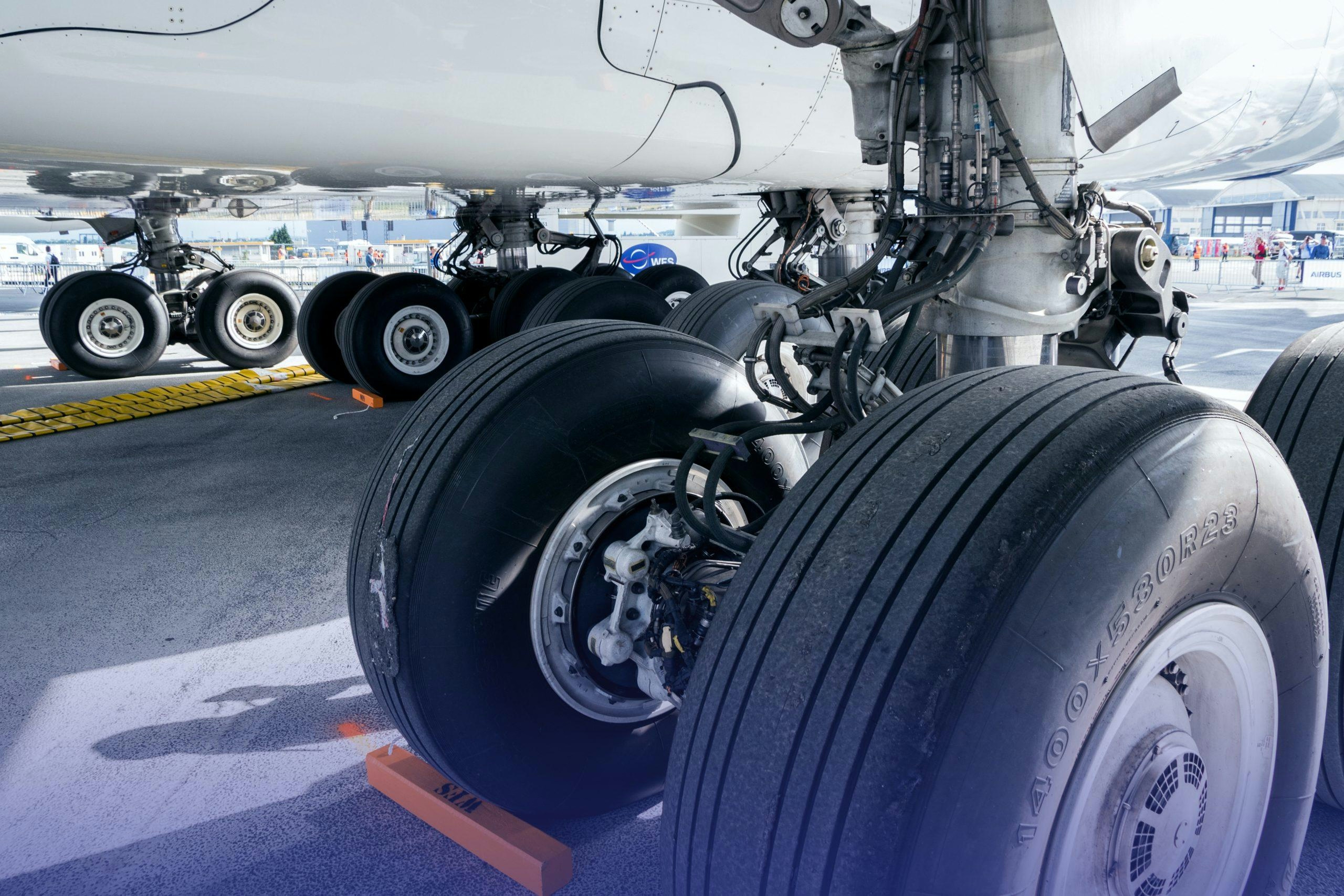
FL Technics Expands Line Maintenance Network Across Scandinavia
FL Technics, a prominent provider of aircraft maintenance, repair, and overhaul (MRO) services under Avia Solutions Group, has significantly broadened its presence in Northern Europe by inaugurating 14 new line maintenance stations throughout Norway and Sweden. This rapid expansion, achieved within six months, enhances the company’s capacity to support airlines operating in the region with greater efficiency and responsiveness.
Strategic Deployment of New Stations
The newly established stations are strategically positioned at key airports to optimize service delivery. In Norway, these include Bodø, Ålesund, Harstad/Narvik, Kristiansand, Svalbard, Kirkenes, and Alta. In Sweden, the stations are located in Luleå, Umeå, Malmö, Åre/Östersund, Skellefteå, Kiruna, and Nyköping. This network expansion strengthens FL Technics’ ability to provide high-quality, reliable, and timely line maintenance services, ensuring proximity to major aviation hubs and improving turnaround times for airline clients.
The company’s network now comprises both permanent and on-call stations, enabling rapid deployment to meet urgent client needs. A notable example of this agility was demonstrated when FL Technics swiftly established operations at Nuuk Airport in Greenland within two weeks to support an airline requiring immediate line maintenance.
Strategic Implications and Industry Context
Nerijus Chormanskis, Head Commercial of Line Maintenance at FL Technics, emphasized the strategic rationale behind the expansion, stating, “Expanding into Scandinavia was a natural step given the growing need for quick, reliable support in the region. In just half a year, we’ve established a network that delivers world-class maintenance services precisely where our clients need them. We are glad that our clients appreciate it.”
This Scandinavian expansion forms part of FL Technics’ broader global growth strategy, which also includes the recent opening of a heavy maintenance facility in Punta Cana. However, the rapid growth presents challenges, including navigating regulatory compliance across multiple jurisdictions, maintaining rigorous workforce training standards, and contending with established MRO providers who may respond by enhancing their own services or expanding geographically to protect market share.
Industry analysts highlight that such expansion may invite increased scrutiny from aviation authorities to ensure consistent adherence to safety and operational standards. Furthermore, evolving market dynamics, such as the introduction of the US Department of Transportation’s advanced air mobility program, could reshape the competitive landscape for MRO providers, driving both innovation and intensified competition.
Despite these challenges, FL Technics’ continued investment in its maintenance network underscores its commitment to operational flexibility, rapid response capabilities, and maintaining close proximity to clients in regions where agility is essential.
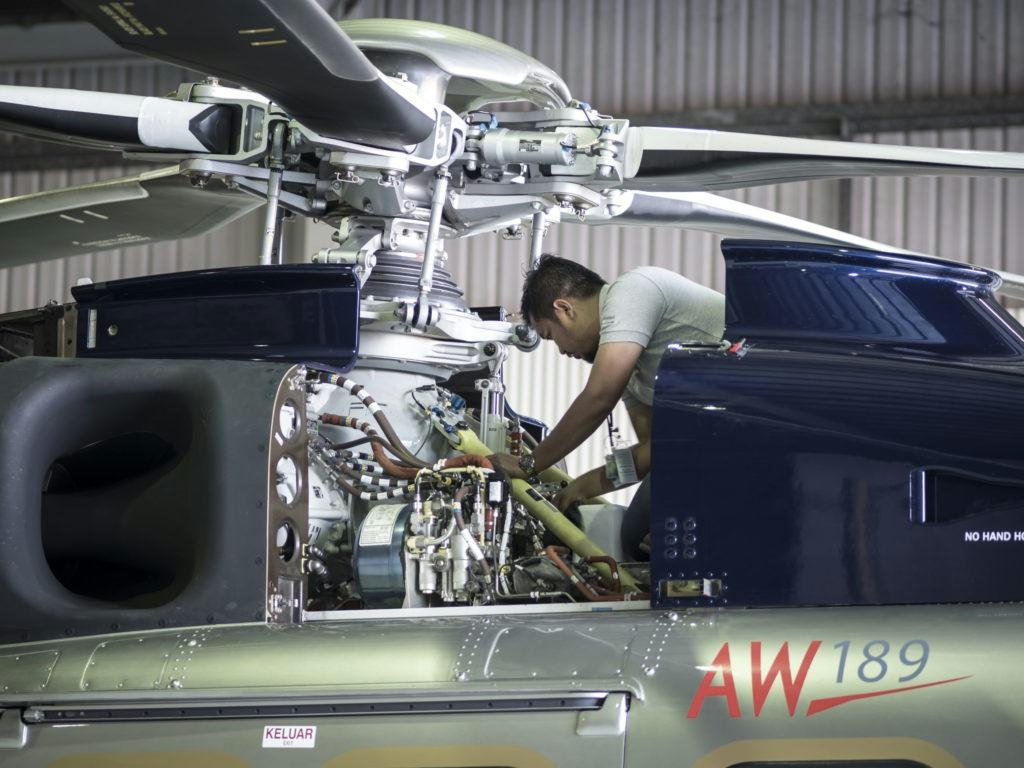
Elevate Aviation Group Expands Maintenance Services

AICM Slot Allocations Move to US Airlines, Report Says

Abu Dhabi Aviation and Honeywell Enhance Helicopter Maintenance Services in UAE
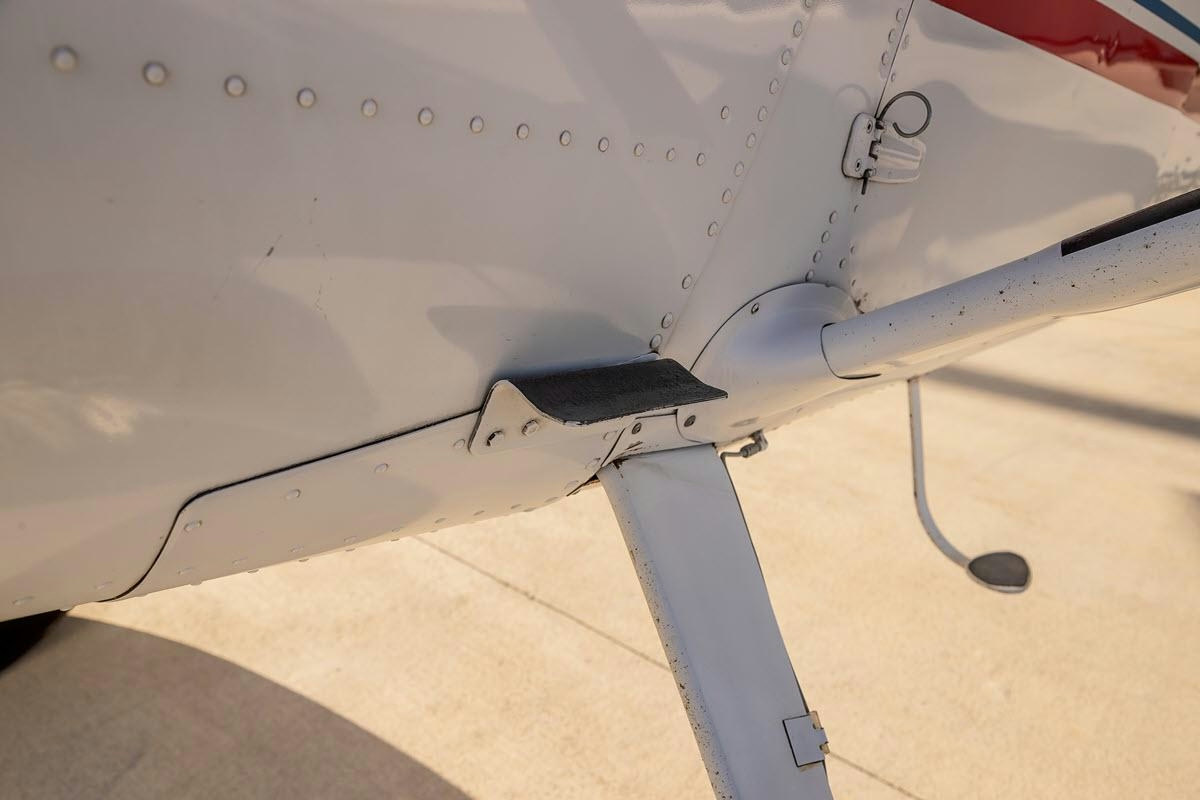
McFarlane Aviation Acquires P. Ponk STCs for Legacy Cessna Aircraft
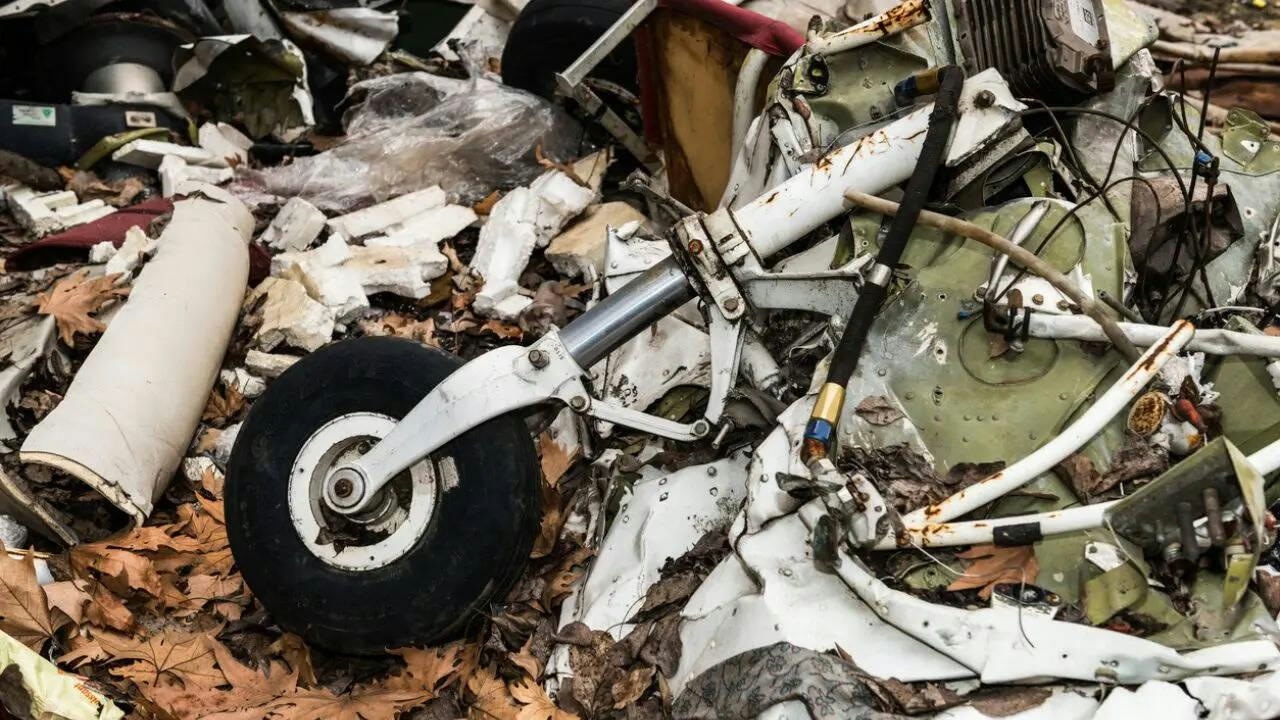
NTSB Releases Preliminary Report on UPS Plane Crash Involving Engine Separation
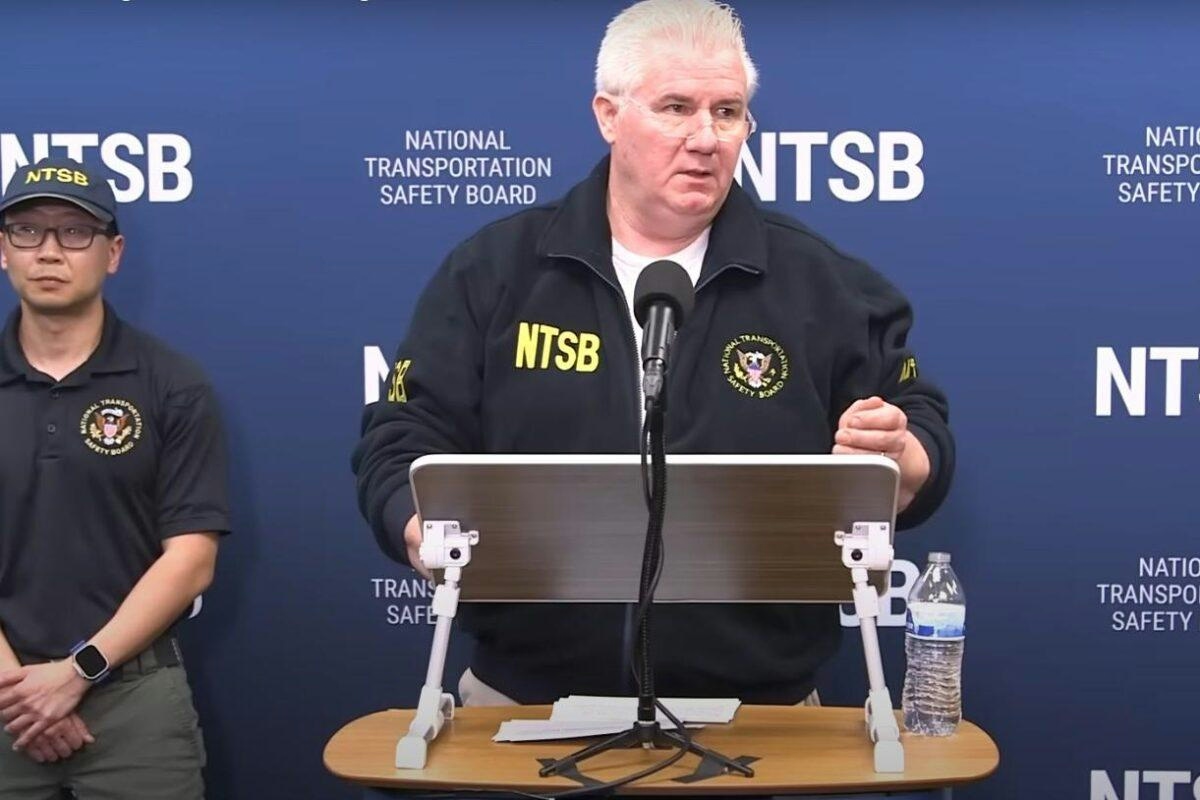
NTSB Investigates Pylon Fatigue Cracks in UPS Flight 2976 Engine Separation
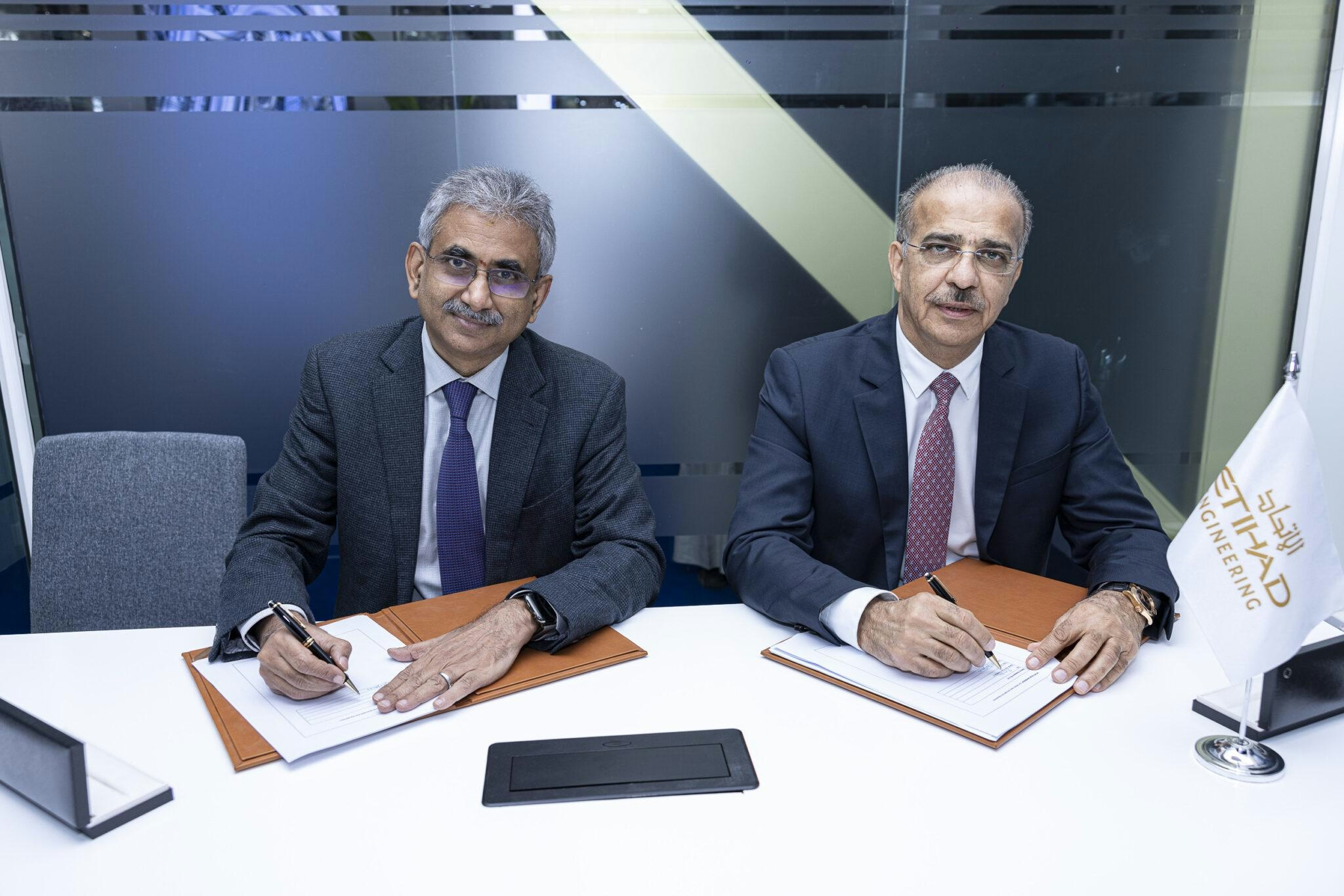
EDGE Strengthens UAE Aerospace Sector Through Partnership with Etihad Engineering

Northern Jet Emphasizes Human Authenticity Amid Industry Shift to Automation

Tyler Kleinsasser Awarded Inaugural JSSI Aviation Innovation Grant
